PG100-P6-F2-K-E-X-1500 High Gear Ratio Clevis End Translating Screw Jack For Construction
Clevis End Translating Screw Jack Applicable Industries: Building Material Shops, Manufacturing Plant, Machinery Repair Shops, Food & Beverage Factory, Farms, Home Use, Construction works, Energy & Mining
Weight (KG): 15 KG
Customized support: OEM, ODM, OBM
Gearing Arrangement: Worm
Output Torque: 50~2300Nm, 50~2300Nm
Input Speed: 300-1800Rpm, 300-1800Rpm
Output Speed: Customized
Ratio: 5-100
Certificate: ISO9001
Mounting Position: Foot Mounted or Flange mounted
Material: Cast Iron or Stainless Steel
Packaging Details: Wooden box
Port: Shanghai/Ningbo
F2 Type Screw Jack
Screw jacks are used in lifting of any load, pulling of any piece, arrangement of working space of machinery, and in many rectilinear work. Screw jacks are also known as linear motor, linear actuator, jack screw, screw-operated jack and mechanical jack.
Travelling nut screw jacks are also known as rotating screw jacks. The component configuration of the moving nut screw jack is different from that of the translating screw jack. In this design (moving nut screw jack), the guide screw is fixed on the worm gear, and the rotation of the worm gear will cause the rotation of the guide screw.
A moving nut with a flange is placed on the guide screw, and when the worm gear rotates, the nut moves along the guide screw. The load is carried by a moving nut, which is usually made of bronze material to improve durability. The linear motion speed of the translation nut depends on the thread size, pitch, and rotation ratio of the worm gear. The mobile nut screw jack is very suitable for applications where the physical space does not allow the lifting screw to extend below or above the casing. Rotating screw jacks are also useful when it is not possible to fully guide the load.
Clevis End Translating Screw Jack Features:
1* 14 different models with lifting capacities from 5 to 2,000 kN
2* Drive motor speed up to 1,500 rpm
3* Self-locking trapezoidal screw to prevent unintended motion
4* Two different speed options for each model (Normal Speed “X” and Slow Speed “Y”)
F5-The special design nut and flange connection types Specially designed nuts and flange connection types and models are designed according to company requirements.
Here are some specific applications of screw jacks in the construction sector:
1. Shoring and Formwork: Employed in shoring and formwork systems to support temporary structures during construction. They provide vertical support and load distribution, ensuring the stability and safety of the formwork or shoring system.
2. Scaffolding: Used in scaffolding systems to adjust the height and level of scaffolding platforms. They allow for precise positioning of scaffolding components, ensuring a safe and stable working platform for construction workers at different elevations.
3. Building Leveling and Foundation Repair: Utilized in building leveling and foundation repair projects. They help raise or lower sections of a structure to correct uneven settling or sagging. Screw jacks provide controlled lifting and support, allowing for adjustments to restore the level and stability of a building.
4. Bridge Construction and Maintenance: Screw jacks find application in bridge construction and maintenance projects. They are used to lift and support bridge sections during assembly, repair, or replacement of structural components. Screw jacks provide controlled lifting and lowering capabilities, facilitating precise adjustments and ensuring proper alignment and stability of the bridge.
5. Heavy Machinery Installation: Employed in the installation of heavy machinery and equipment. They assist in lifting and positioning machinery components, aligning them with precision during installation. Screw jacks provide stability and controlled movement, ensuring accurate placement of machinery for optimal performance.
6. Precast Concrete Installation: Used in precast concrete construction for the installation and alignment of precast concrete elements such as beams, columns, and panels. They provide lifting and positioning capabilities, allowing for precise adjustments and ensuring proper alignment during the assembly of precast elements.
7. Temporary Support Systems: Screw jacks find application in temporary support systems during construction projects. They provide vertical support and load-bearing capabilities for temporary beams, trusses, or other structural elements, ensuring stability and safety during construction processes.
8. Retaining Walls: Utilized in the construction of retaining walls to provide support and stability. They assist in leveling and adjusting the height of retaining wall components, ensuring proper alignment and structural integrity.Screw jacks offer precise control, high load capacity, and reliable performance, making them a valuable tool in the construction industry for various lifting, leveling, and support applications. Their adjustable height and load-bearing capabilities make them versatile and essential for construction projects of different scales and complexities.
Clevis End Translating Screw Jack process of turbine screw elevator
-
Design: according to the user’s needs and requirements, design a special turbine screw lift scheme, including the design of turbine, screw, nut, support structure, control system, etc.
-
Material preparation: according to the design requirements, prepare corresponding materials, such as turbine, screw rod, nut, platform, etc., and the materials shall comply with relevant national standards and requirements.
-
Turbine manufacturing: generally, turbine materials are made of high-quality cast iron, steel and other specially processed materials, which are processed and shaped by CNC processing equipment.
-
Manufacturing screw rod and nut: according to the design requirements, the screw rod and nut shall be manufactured, and the surface polishing and heat treatment shall be carried out.
-
Platform processing and manufacturing: according to the design drawings, select the corresponding materials and shapes, and carry out shearing, welding, polishing and other processes.
-
System assembly: assemble the manufactured turbine, screw rod, nut, platform and other components, and install the control system for testing and quality inspection.
-
Commissioning and acceptance: The equipment shall be commissioned and accepted by professional personnel to ensure that the equipment meets the design requirements and meets the safety and quality standards.
-
Delivery and installation: packaging and logistics delivery shall be carried out for the accepted equipment, and installation and commissioning shall be carried out at the customer’s site to ensure the normal operation of the turbine screw lift.
In short, design, material preparation, manufacturing and assembly are all crucial to the production process of the turbine screw lift. Any problem in any link will seriously affect the performance and quality of the turbine screw lift produced.
Please contact us with all relevant details to get the most accurate quotation. If you have another question, please feel free to contact us.
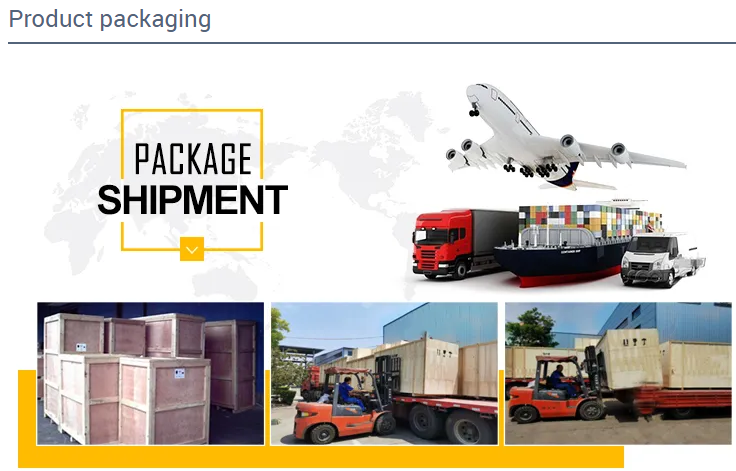
Packing Shipping Delivery
  |
 |
|
 |
 |
|
How to choose power transmissions parts and industrial products which meet our requirement
| Chains | Sprockets | Pulleys | Timing belt Pulley | V-belt Pulley |
| Sheaves | Coupings | Bush &Hub | Gear& Rack | V-Belt |
| Locking Assembly | Pulley | Gearbox | Reducer | Shaft Collar |
| Rod End Bearing | Clevis | PTO | Chain Guide | Belt Guide |
| Rubber Buffer | Chain Tensioner | PTO Drive Shafts | Universal Joints | Roller Chains |
| Conveyor Chains | V-Belts | Worm Gearbox | Helical Gear | Worm |
| Agricultural Chain | CNC Proces Parts | Casting | Stamping | |
| Powder Metallurgy | CNC Proces Parts | Casting | Stamping |
What Products Do you sell ?
We are a group of factories, give customer one stop solution of power transmission and industrial products. We are in the position to supply wide range of products, including chains, sprockets, v-belt and v-belt pulleys, timing belt and timing belt pulleys, gears, speed reducers, motors, racks, couplings, and many other parts, like locking assembly, taper bushing, Chain guide, shaft collar, torque limiter, cam clutch, universal joint, motor base and motor slide, rod end, clevis, rubber mount, etc. We make special parts according to drawings and/or samples.
How to choose a gearbox which meets our requirement?
You can refer to our catalogue to choose the gearbox or we can help to choose when you provide
the technical information of required output torque, output speed and motor parameter etc.
What information shall we give before placing a purchase order?
a) Type of the gearbox, ratio, input and output type, input flange, mounting position, and motor informationetc.
b) Housing color.
c) Purchase quantity.
d) Other special requirements.
What industries are your gearboxes being used?
Our gearboxes are widely used in the areas of textile, food processing, beverage, chemical industry,
escalator,automatic storage equipment, metallurgy, tabacco, environmental protection, logistics and etc.
What is the producing process?
Production process including raw material cutting, machine processing, grinding, accessories cleaning, assemble, cleaning, stoving, oil coating, cover pressing, testing, package.
How to control the products quality?
Combining advanced equipment and strict management, we provide high standard and quality bearings for our customers all over the world.
What is the transportation?
-If small quantity , we Suggest to send by express, such as DHL,UPS, TNT FEDEX. If large amount, by air or sea shipping.
Can we design packaging?
-Yes. Default is regular packing, and we can make customer's own packing.
Can you provide OEM service?
-Yes, we work on OEM orders. Which means size, quantity, design, packing solution, etc will depend on your requests; and your logo will be customized on our products.
Can you give me discount on Power Transmissions Parts and Industrial parts?
-Yes, of course. Pls. send me your Email, you'll get more
Q: Are You a trading company or a manufacturer?
A: We Are the factory and have our Own trading company
Q: How Can I get an offer?
A: please send US quotation information: drawings, materials, weight, quantity and requirements, we can accept PDF, ISGS, DWG, STEP file format. If you don't have the drawings, please send us the samples, we can also quote you according to your samples.
Q: What is your minimum order size?
A: it is usually 100 pieces, but a low quantity is acceptable under some special circumstances.
Q: Do you provide samples? Is it free or extra?
A: Yes, we can provide samples free of charge, but we don't pay the freight.
Q: What is the lead time for mass production?
A: honestly, it depends on the number of orders. Normally, if you don't need the tools, deposit them after 30 days or so.
Q: What if the parts don't Work?
A: we can guarantee the quality, but if it happens, please contact us immediately, take some photos, we will check the problem and solve it as soon as possible.
Q: What are your terms of payment?
A: payment is less than US $1000,100% in advance. Payment: $1000,50% wire transfer in advance, balance before shipment,Other Terms of payment are negotiable

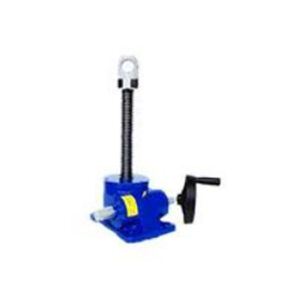
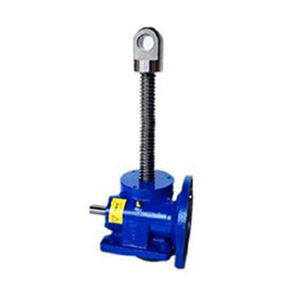
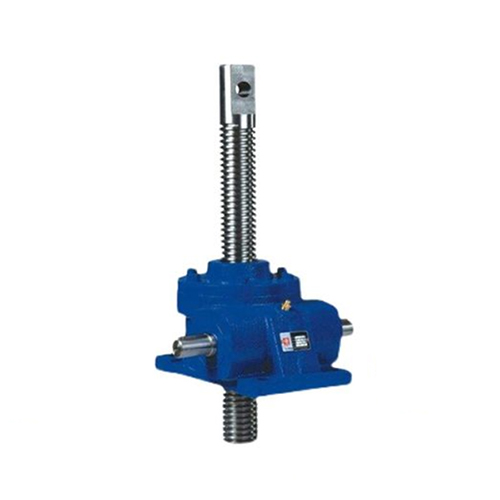
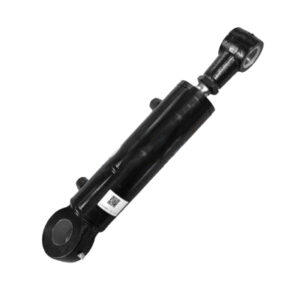
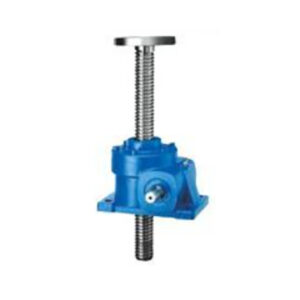
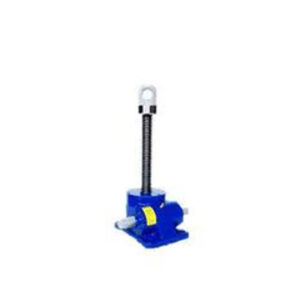
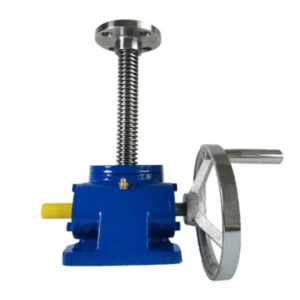
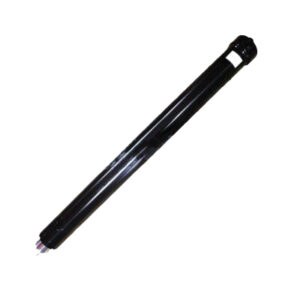
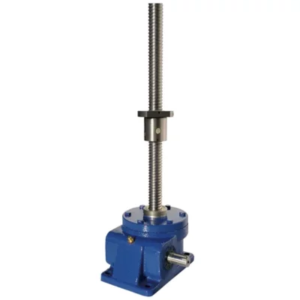
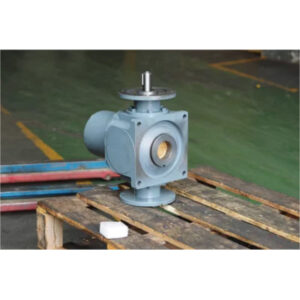
Reviews
There are no reviews yet.